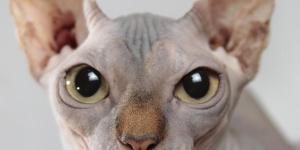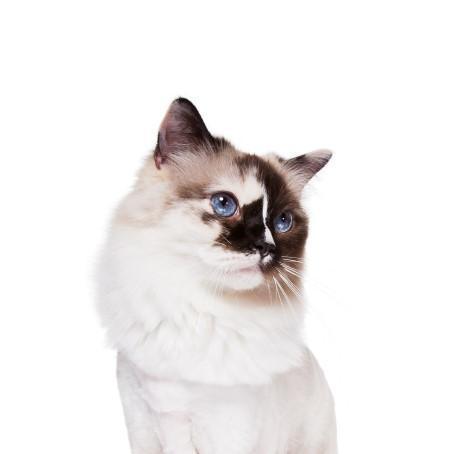Caring for a Ragdoll Cat

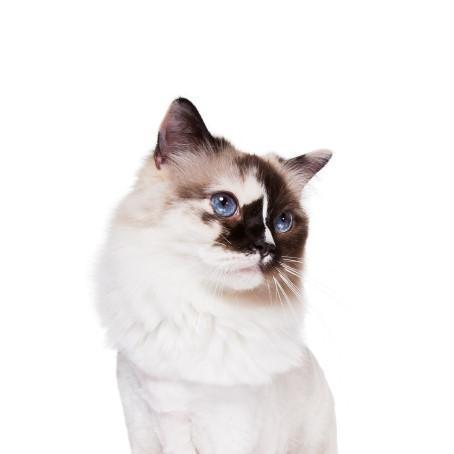

Animal file: Ragdoll Cat
Ragdoll cats are a relatively new breed from the United States. Its interesting name, "Ragdoll", was coined due to a unique feature of the breed. When you hold a Ragdoll cat in your arms, it immediately relaxes all its muscles and goes limp, looking like a rag doll.
Do you have a Ragdoll cat? If you don't, it's likely that by the end of this article you want to adopt one as soon as possible - it really is a lovely breed! Stay with us at AnimalWised to learn all about caring for a Ragdoll cat and the main traits of the breed.
Basic care for a Ragdoll cat
The most important step to look after your Ragdoll cat is by following closely its vaccination schedule. Regular visits to the vet are essential to ensure that your Ragdoll cat is a happy pet, given that health is one of the indispensable requirements of the five freedoms of animal welfare. A check-up with the specialist every 6 months will suffice.
The Ragdoll cat is so docile that it rarely even meows, meaning that it doesn't express anything when something is wrong. Any other cat breed would meow or be noisy in an attempt to get someone's attention so that they can help alleviate the pain; with Ragdoll cats you have to pay much close attention.

"Rag doll" cats
The Ragdoll cat has virtually no concept of danger. For this reason, it enters a total state of relaxation when you pick it up in your arms, going completely limp like a rag doll.
Since these cats can get very big when they are adults, with males weighing up to 9 kg (almost 20 lb); females are smaller and lighter than males. In both cases, though, you should proceed with caution and make sure you don't pick them up when standing. Your limp cat could slip out of your hands and fall badly, even getting injured.
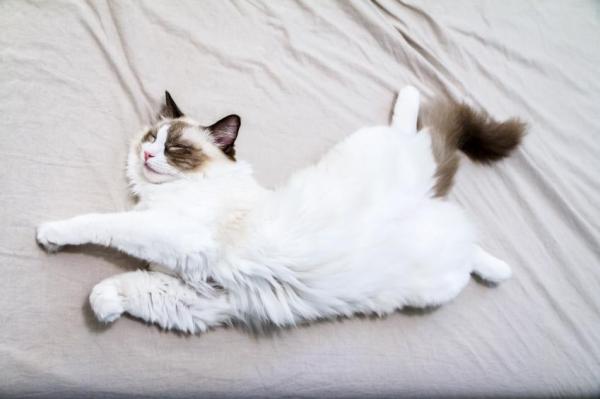
Caring for a Ragdoll cat's coat
The Ragdoll cat is a long-haired breed. Consequently, you should brush your Ragdoll's hair carefully every day. Here you can learn more about brushes for long-haired cats.
Remember that if long-haired cats aren't brushed regularly, they run the risk of swallowing hairballs and suffering from intestinal obstructions. If not treated properly, these can become serious.
Thankfully, Ragdoll cats have a very good coat that doesn't get knotted or tangled easily. As such, giving it a quick daily brush will be a good way to keep its coat looking as fantastic as it can be.
Another key aspect of its hygiene is bathing it. Read more about how to bathe a Ragdoll cat here.

Dietary guidelines for Ragdoll cats
The Ragdoll is a very sleepy and quiet cat that doesn't like doing too much exercise. This breed prefers to be quiet, in the company of family. For this reason, the Ragdoll is a breed that can easily become overweight if given too much food.
The Ragdoll cat grows and develops slowly; it takes up to 3 years for a Ragdoll to reach maturity, so their junior period is extended.
Here you can learn what is the best diet for cats, but you should always follow the vet's advice on the type and quantity of food to give your particular Ragdoll cat, as each cat's morphology and lifestyle is different.
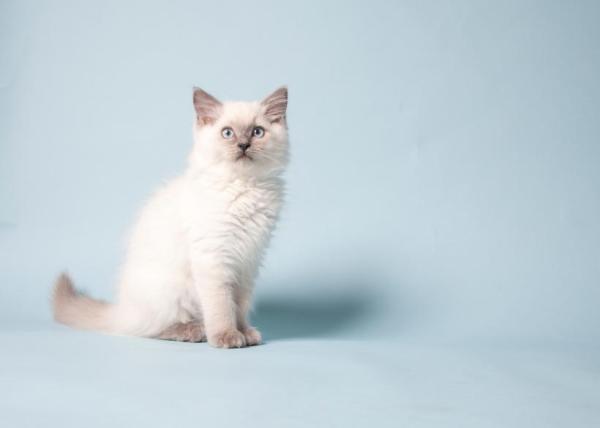
Dealing with a lonely Ragdoll cat
Ragdoll cats hate being lonely. Against all stereotypes about cats, this lovely cat breed prefers a family atmosphere, the larger the better. Ragdoll cats get on well with children, older people and any other pet, since they won't try to gain supremacy. In fact, they're among the 10 most affectionate cat breeds, and they're usually called "puppycats".
Because the cross-breeding choices that created this new breed aimed to achieve the most docile pet possible, the resulting Ragdoll cat turned out to be tremendously dependent on receiving affection and love from those around it. If the Ragdoll cat is alone for too long, it can become ill or develop serious behavioral problems.
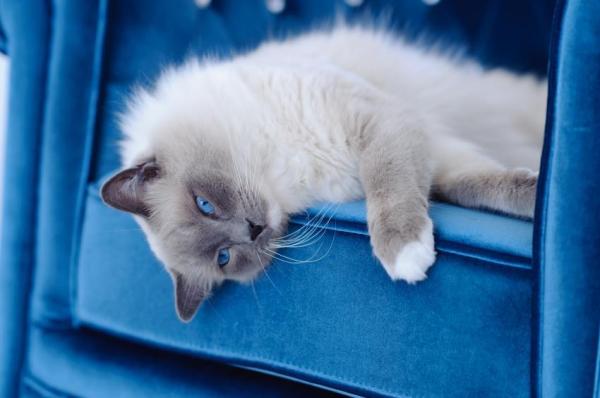
If you want to read similar articles to Caring for a Ragdoll Cat, we recommend you visit our Basic care category.

